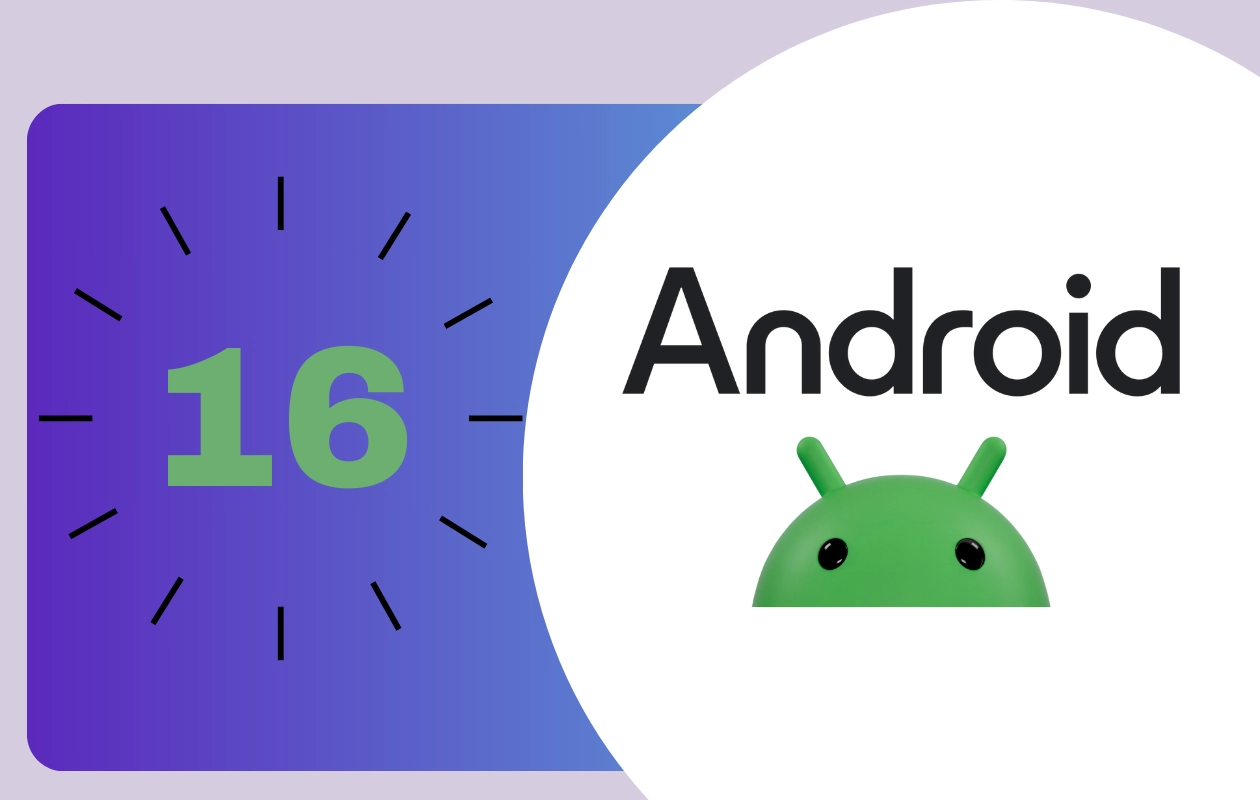
Ever had that moment when a phone update seems minor—just tweaks here, color changes there—but ends up totally transforming how you use your device? Android 16 is shaping up to be one of those updates. According to ausdroid.net, Google’s latest OS version brings more than just interface polish. It’s redefining what a smartphone could feel like—bringing privacy, adaptability, and power features into sharper focus.
Android 16, officially released in mid-2025, introduces Material 3 Expressive, a design system that isn’t just about prettier icons—it adapts UI animation, blur, and use of color in ways that make devices feel more personal. Ausdroid reports how live notification updates are smarter, app layouts adjust for different screen sizes more fluidly, and new features like embedded photo pickers let you access cloud and local images in one seamless interface.
One of the more exciting shifts is how Android 16 handles large screens and foldables. Devices that were once hampered by awkward scaling now get adaptive apps by default—unless developers opt out. That means multitasking on tablets or foldables is no longer a novelty, but a core expectation. For power users, this means fewer bugs, fewer stretched interfaces, and fewer “why doesn’t this app stretch properly?” gripes.
Security and privacy also get major attention. Android 16 doubles down on reducing notification spam, refining permission controls, expanding private spaces, and integrating health data handling in standardized ways. Ausdroid notes that features like expanded “Health Connect” APIs allow more secure access to sensitive user-data, with better transparency of what each app can do.
Another surprising part: the OS’s support for more immersive accessory integration. Whether you’re using earbuds, AR headsets, or vehicles with Android Auto, Android 16 makes the experience smoother. For example, there are new Bluetooth LE Audio enhancements allowing streaming to multiple compatible devices, improved audio codec support, and more responsive environmental audio controls. That means better sound, lower latency, and a more cohesive ecosystem.
Now, you might wonder: with all these upgrades, where do “fun stuff” like entertainment or gaming fit in? It turns out Google isn’t leaving that out. Android 16 brings enhancements that benefit gaming apps and streaming services indirectly—better windowing, more consistent performance across screen types, and improved graphics stack. There’s also more opportunity for creative experiences in Android Auto when parked, plus richer media sharing tools. All of which makes you think: could a smartphone one day replace many functions of a game console? Even some casino table games now work better thanks to Android’s improved multi-tasking and resource allocation. And for people who also enjoy gaming in the browser or via streaming, this OS feels like it’s finally catching up.
Despite all the promises, there are trade-offs. App developers must update their apps to take advantage of adaptive resizing; devices not among the newest may see slower rollout of all features. Some privacy tools are optional, which means user vigilance is still important. Also, rolling out features to all markets tends to lag, so what ausdroid.net sees in Australia or New Zealand might come later elsewhere.
In conclusion, Android 16 is more than a cosmetic upgrade—it marks a turning point. It’s pushing for an ecosystem where hardware variety (foldables, tablets, phones) is embraced, where user privacy is non-negotiable, and where performance and UI adaptiveness are built into the foundation. For tech lovers, developers, and everyday users alike, this could shape how we expect smartphones to behave for years. With careful attention, Android 16 might be the version we look back on as when modern mobile OS design truly matured. And yes, even your favorite casino table games probably run smoother now.





